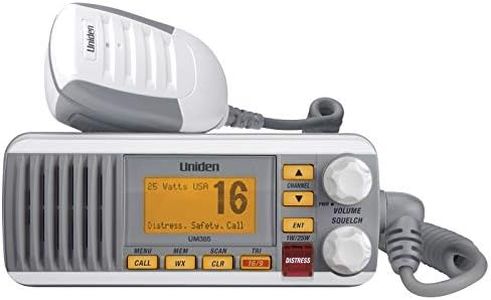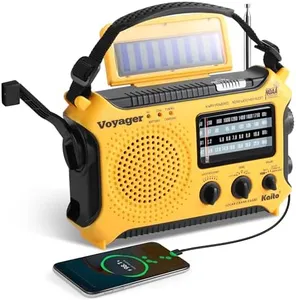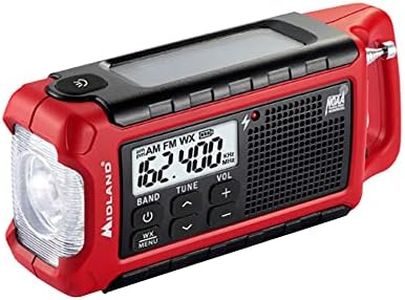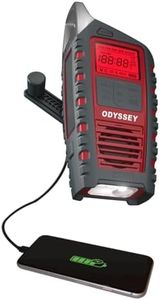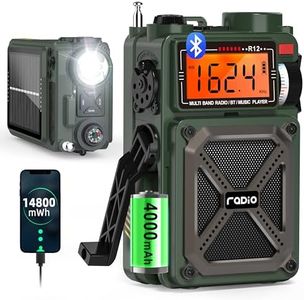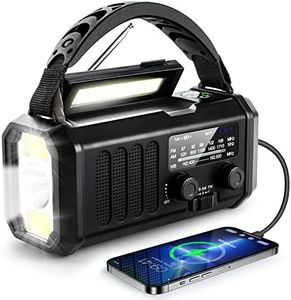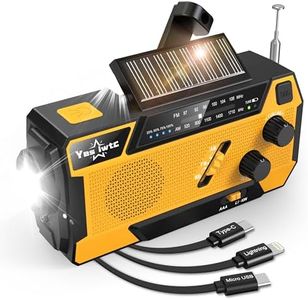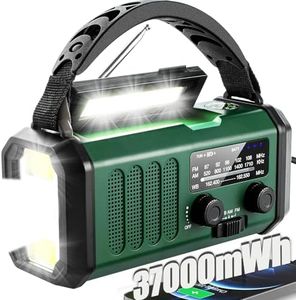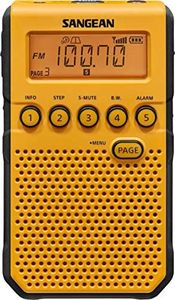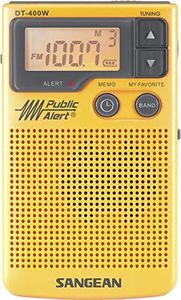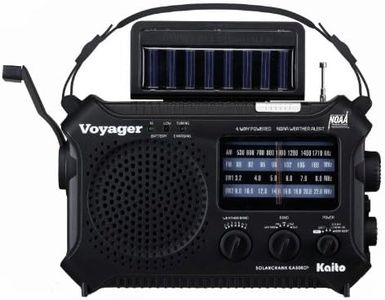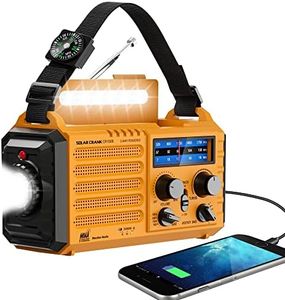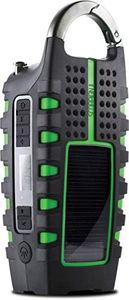We Use CookiesWe use cookies to enhance the security, performance,
functionality and for analytical and promotional activities. By continuing to browse this site you
are agreeing to our privacy policy
10 Best Noaa Weather Radios
From leading brands and best sellers available on the web.Buying Guide for the Best Noaa Weather Radios
Choosing a NOAA weather radio is an important step in being prepared for emergencies and severe weather. These specialized radios receive official weather alerts directly from the National Oceanic and Atmospheric Administration (NOAA), keeping you informed and safe when conditions change. When choosing a weather radio, your aim should be to find a model that reliably covers your local area, is easy for you to use, and fits into your daily or emergency routines. The key is to focus on features that ensure you'll receive alerts when you need them, wherever you are.Reception and CoverageReception refers to how well the radio can pick up NOAA broadcasts in your area, which is crucial for getting timely alerts. Some radios have basic antennas, while others offer external or telescoping antennas for improved signal. If you live in a city, most radios will work fine, but in rural or remote regions, consider radios with stronger reception capabilities or the ability to add an external antenna, to make sure you don't miss alerts.
Power OptionsPower options determine how you keep the radio running, especially during outages. Radios may use regular batteries, rechargeable batteries, AC power, or even hand cranks and solar panels. If you want a set-it-and-forget-it approach, plug-in models work well, but for emergencies or if you go outdoors often, models with battery backup, hand crank, or solar charging ensure you stay connected when power goes out.
Alert Types and Notification MethodsNOAA weather radios have different ways to inform you: loud alarms, visual indicators, or vibration alerts. Some radios just sound an alarm for any alert, while others use SAME (Specific Area Message Encoding) technology to send warnings for your local county. Pick a model with alert forms that match your needs: if you're a deep sleeper, look for loud alarms; for those who need discreet alerts, visual or vibration options may help; for targeted warnings, SAME is best.
PortabilityPortability is about the size and weight of the radio, and whether it’s easy to move around. If your radio stays at home, a larger, desk-style unit is fine. For camping, travel, or evacuation kits, look for compact, lightweight models—a portable unit is more versatile when you’re on the go.
Durability and Weather ResistanceDurability covers how rugged and weather-resistant the radio is. If you plan to use the radio outdoors or in harsh environments, look for water-resistant or shockproof units. For home use, these features are less critical, but if you want a long-lasting investment or one for rough situations, extra toughness is valuable.
Extra FeaturesAdditional features might include built-in flashlights, USB charging for phones, AM/FM radio, or even Bluetooth. While not essential for weather alerts, these can add convenience—useful if you want one device for emergencies and entertainment, or for charging your phone in a power outage. Think about whether these perks will make the radio more useful in your routine or kit.
